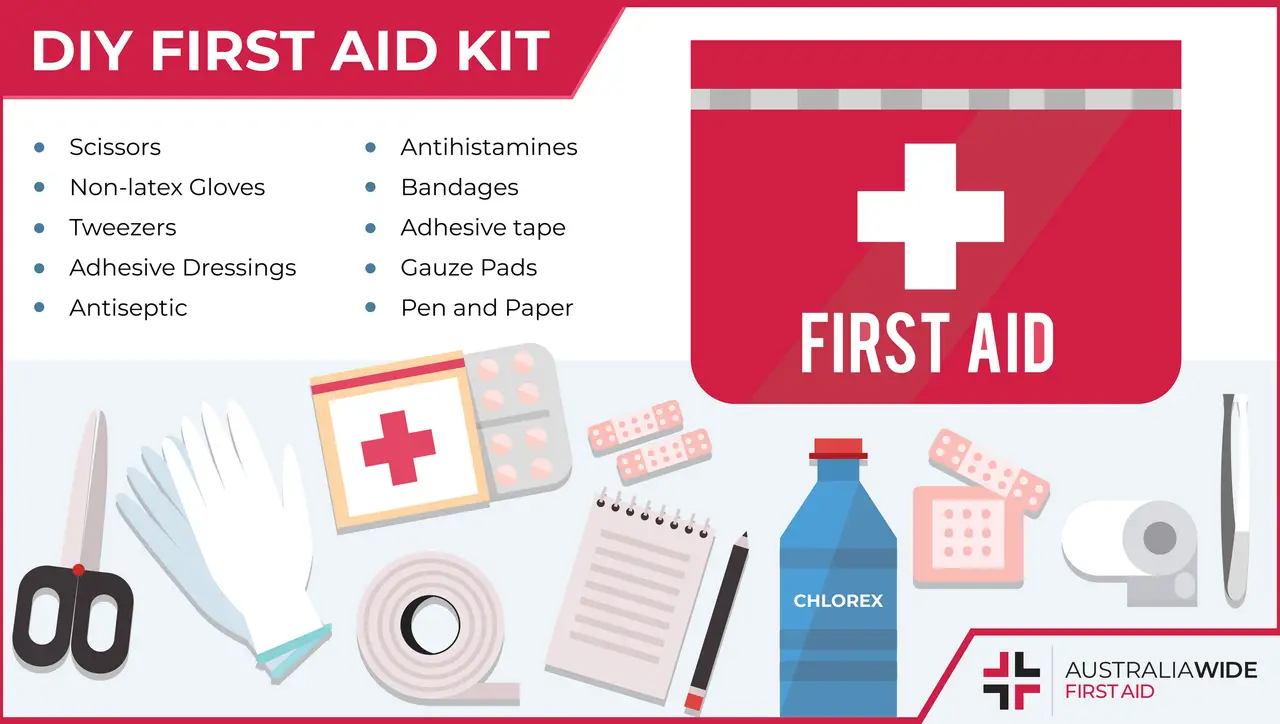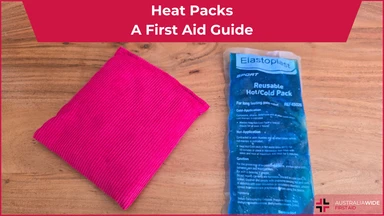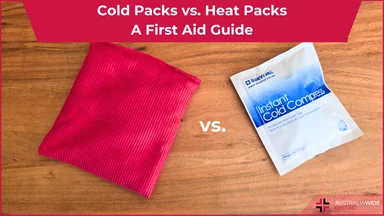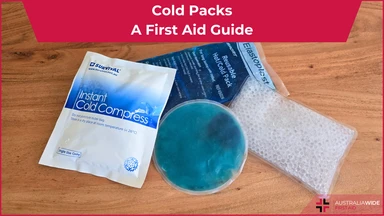DIY First Aid Kit


You don’t have to be a doctor to help yourself, or others, in an emergency. If you have the first aid skills and tools to administer the care required, you will be able to fasten recovery time, minimise the risk of infection, and in some situations, save a life.
Before you embark on your upcoming holiday, use this checklist as a guide to things you may need in your travel first aid kit. You may need less or more, depending on your travel destination (don’t forget to take into account the remoteness of your visit).
Check with your family doctor or local pharmacist if you aren't sure what items are best for you while travelling.
A dry, cool location is the best storage environment for your travel first aid kit. Make sure it is easily accessible in your suitcase/backpack and that everyone you are travelling with knows where the first aid kit is located. Before embarking on your travel journey, check the contents of your kit to ensure creams are in date, bandages are properly sealed and the torch is working with spare batteries. If an item is used from your first aid kit, don’t forget to promptly replace it.
Tip: If you are travelling internationally by air, be sure to pack your first aid kit in the checked luggage of your flight. Many of the items will not be permitted in your carry-on bag.
To be prepared in an emergency, and to learn how to best utilise every item in your first aid kit, Australia Wide First Aid strongly recommends that you take a Australia Wide First Aid strongly recommends taking a one-day first aid course.
Australia Wide First Aid offers CPR and first aid courses in locations Australia-wide, including in:
Disclaimer: This article is for informational purposes only and should not be used in place of advice from qualified health professionals.

July 29, 2024
Heat packs are a valuable tool in first aid for treating a variety of conditions, particularly those involving chronic pain, muscle tension, and joint stiffness. Proper use of heat therapy can enhance recovery and provide significant pain relief. This guide outlines how and when to use a heat pack effectively.

June 14, 2024
In the realm of first aid, the use of cold packs and heat packs is fundamental for managing a variety of injuries and conditions. Knowing when to apply each can significantly impact the effectiveness of the treatment and the speed of recovery.

June 11, 2024
Cold packs are a fundamental tool in first aid for managing a variety of injuries and conditions. Their proper use can significantly reduce pain, swelling, and promote faster recovery.